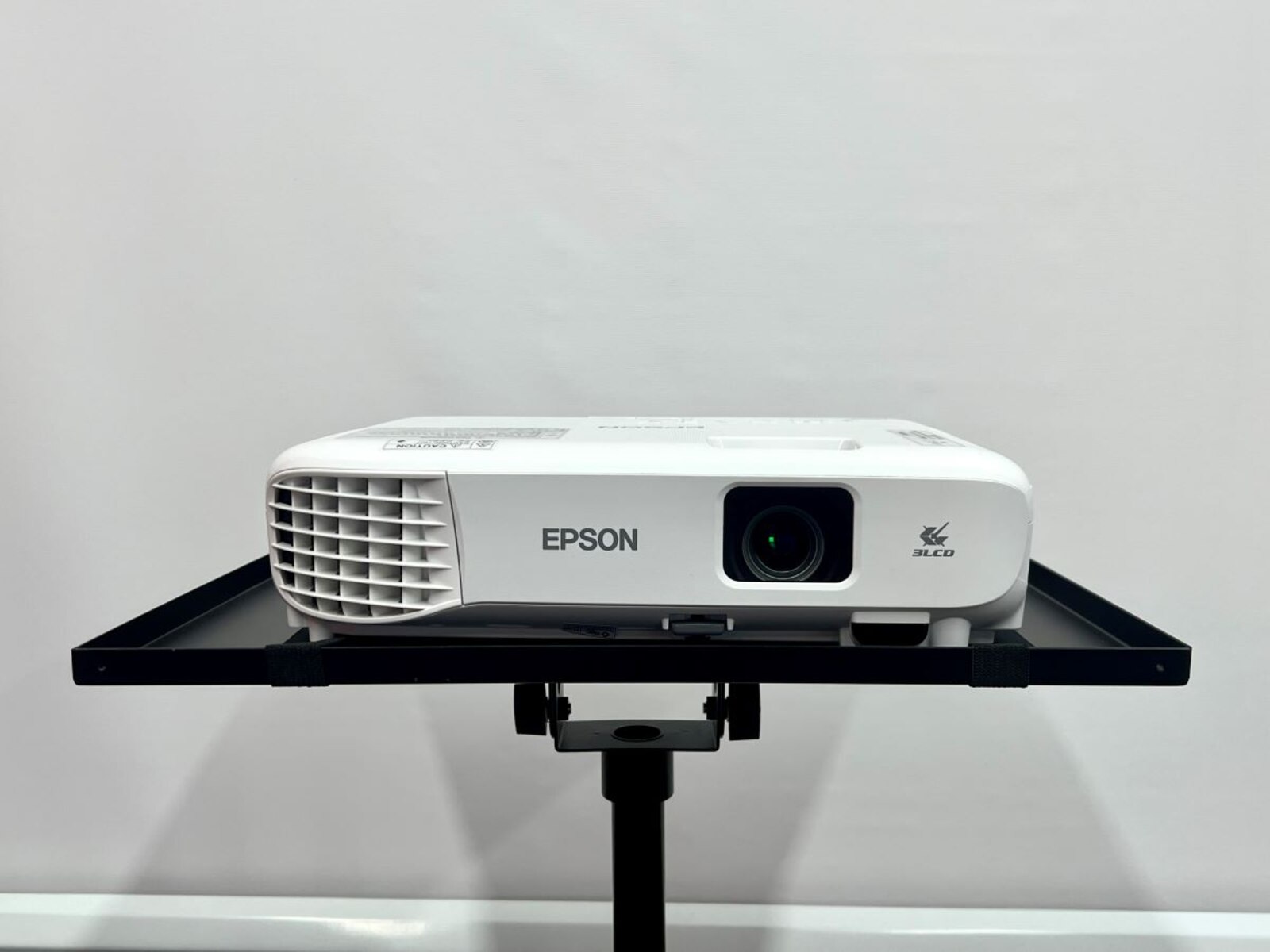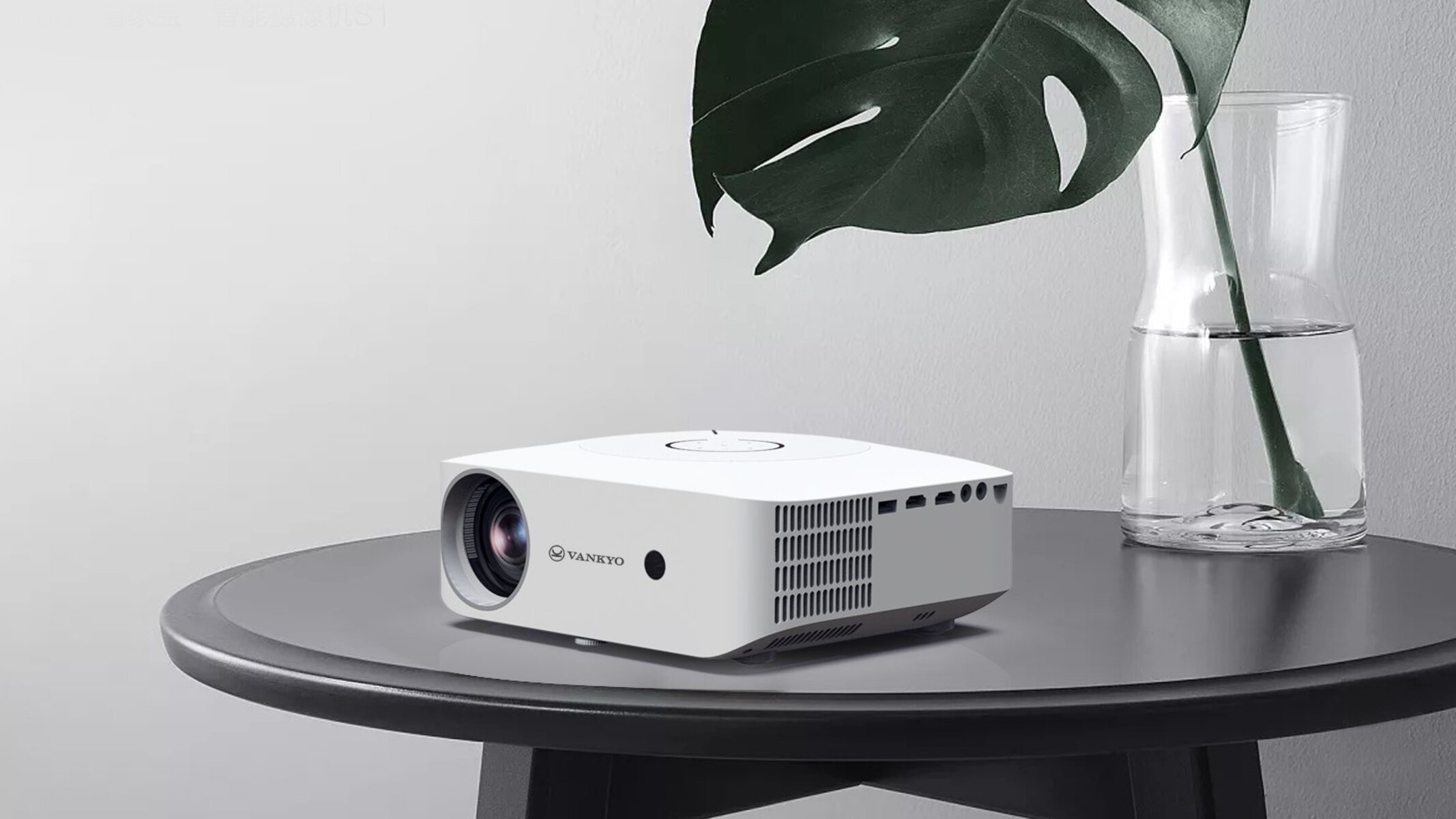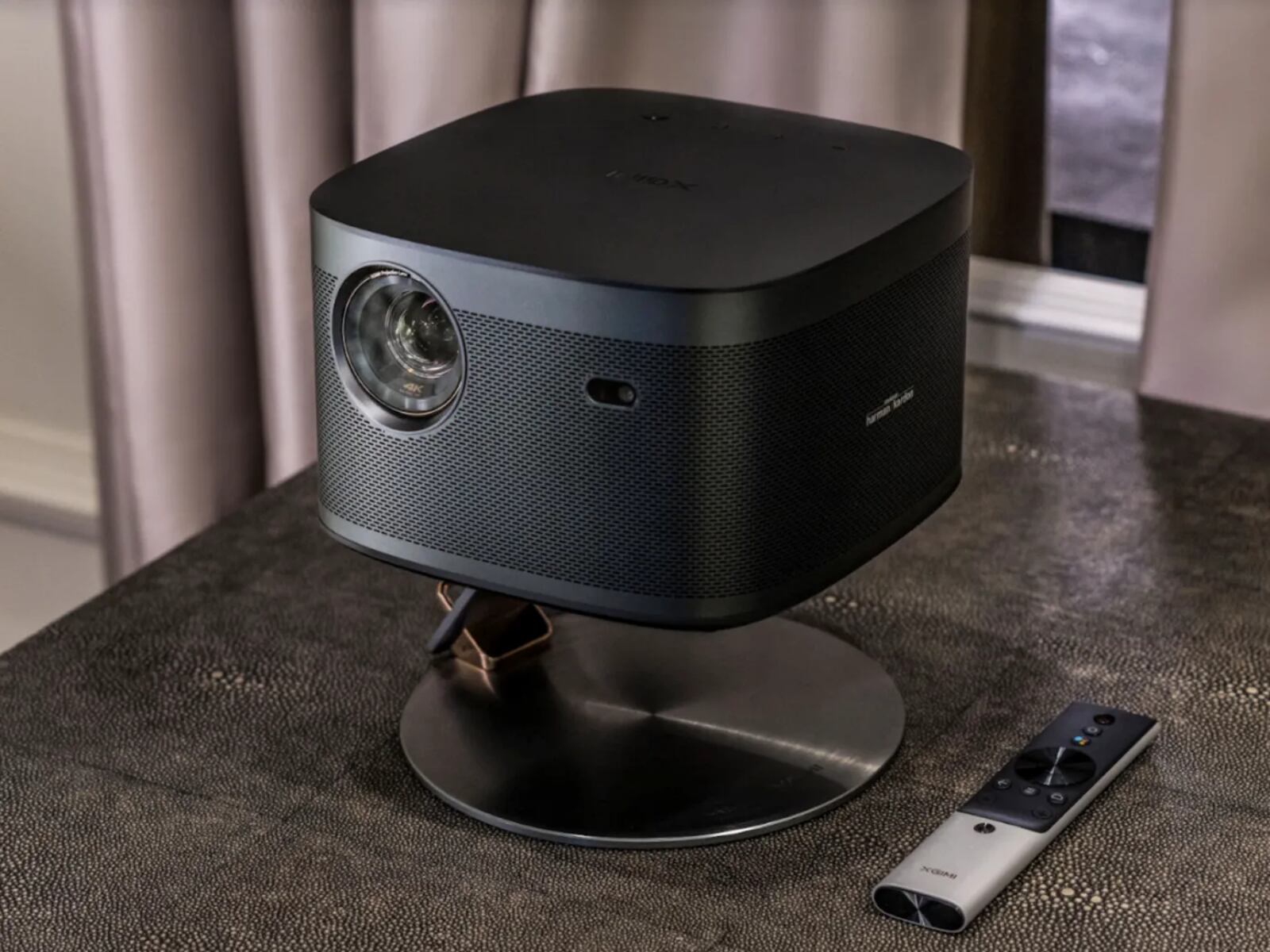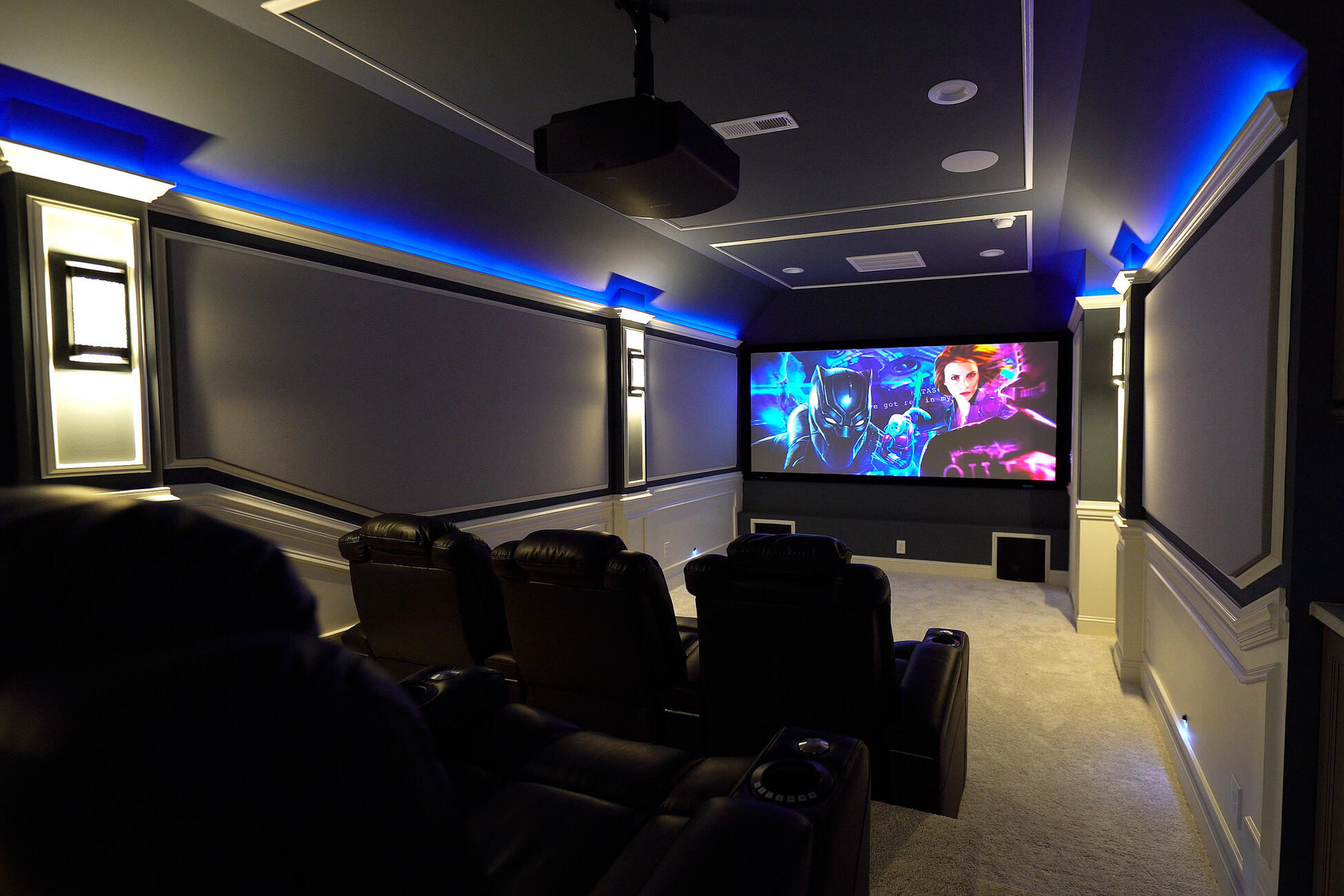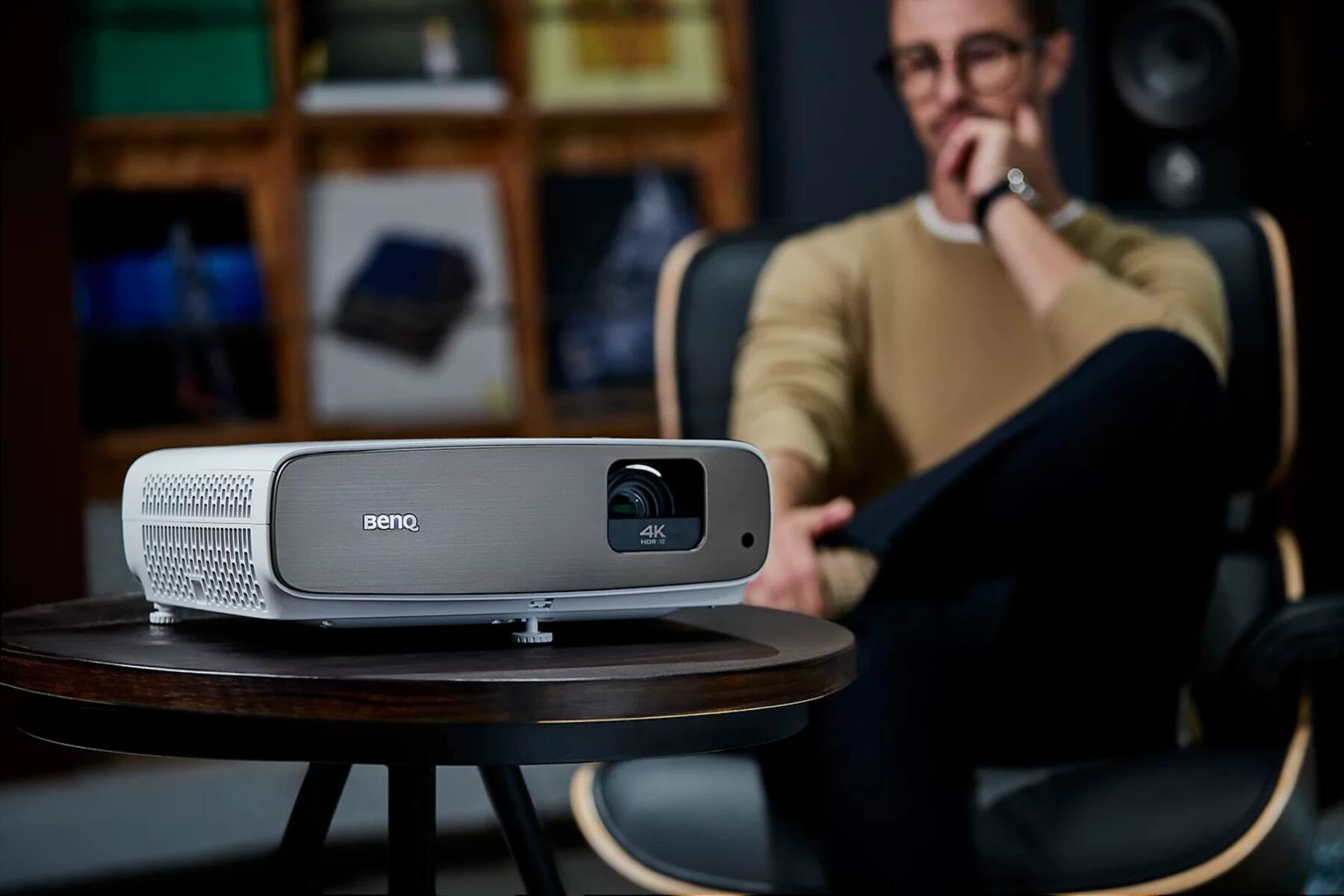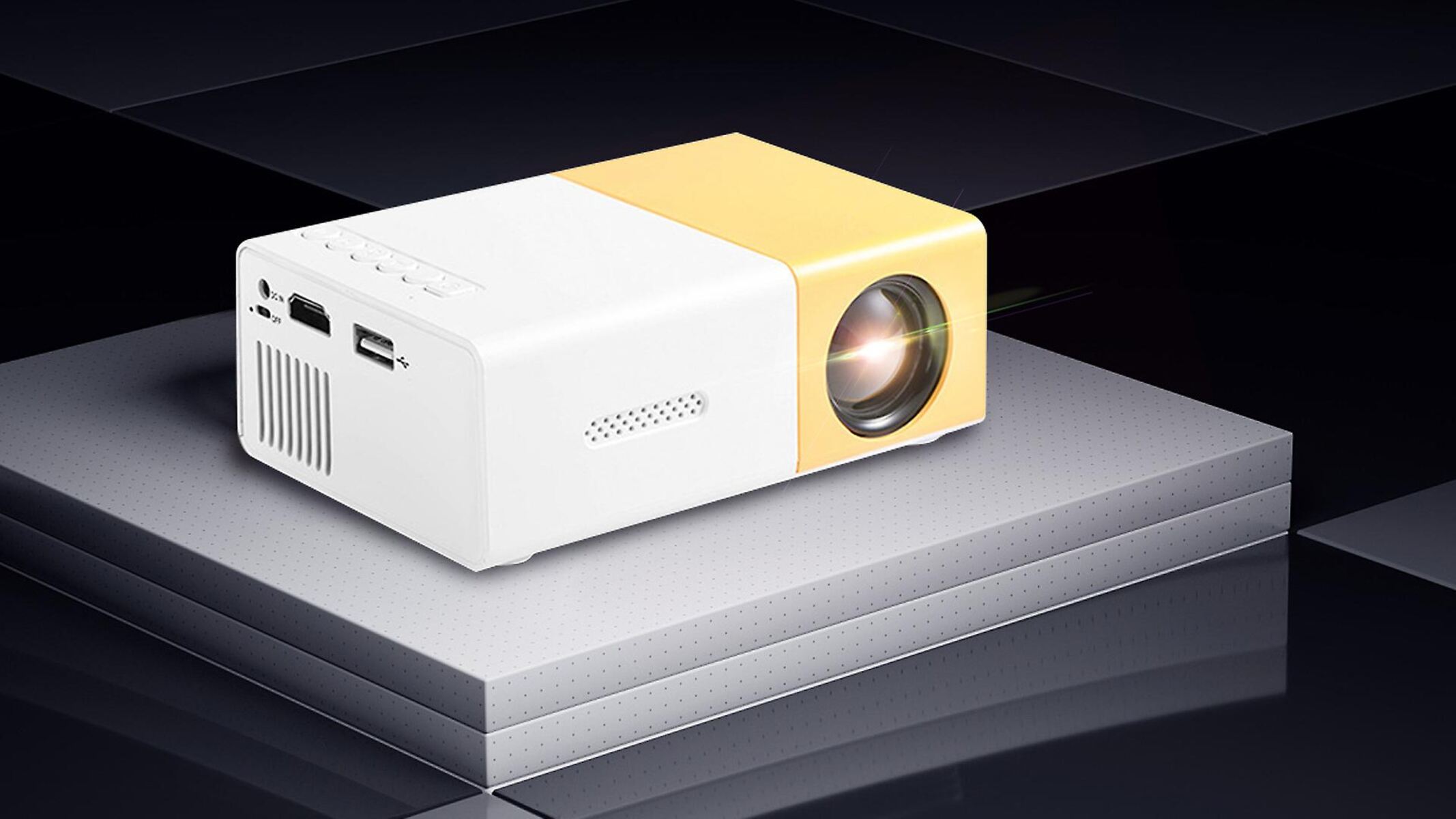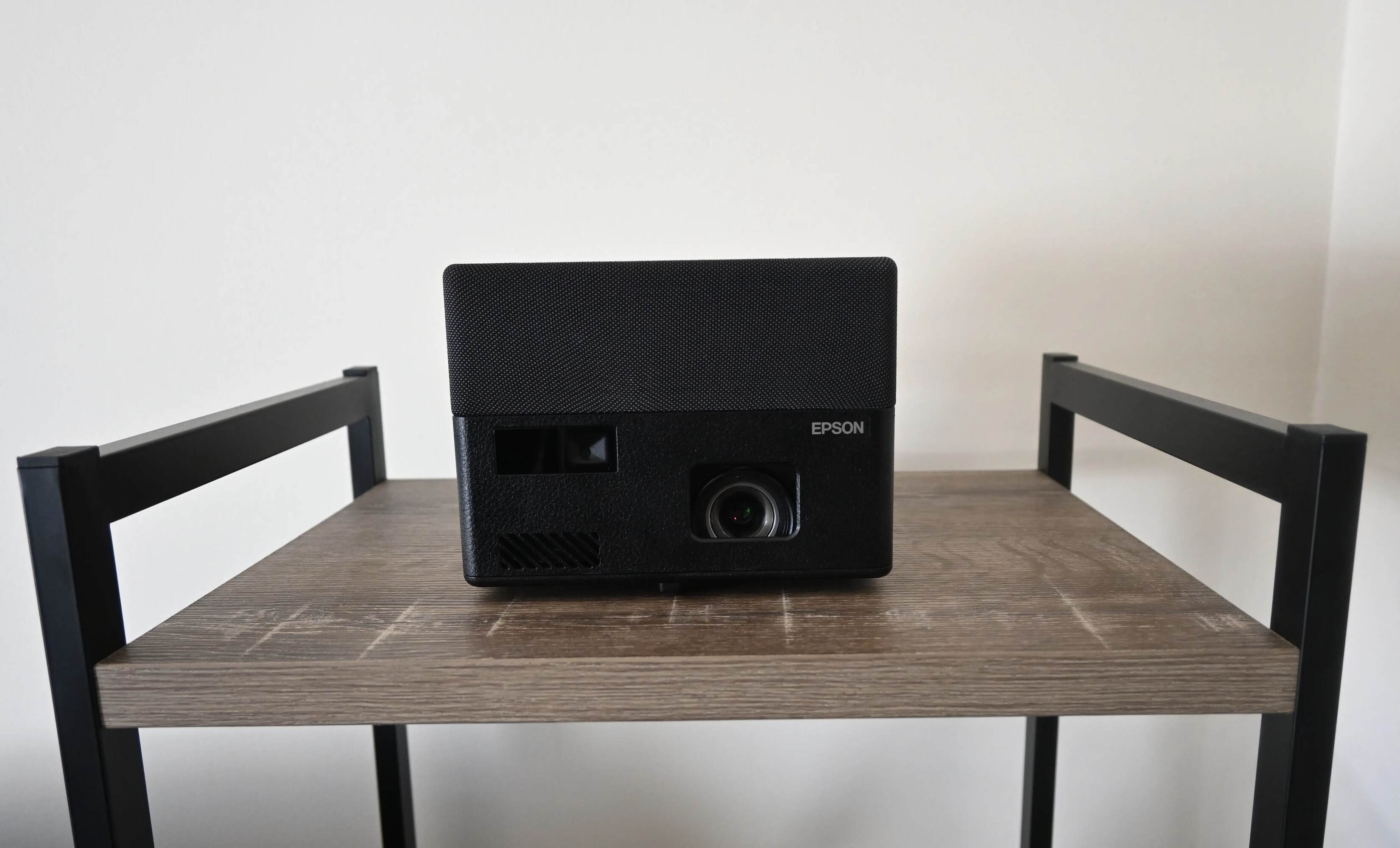Introduction
When it comes to enjoying movies, presentations, or any multimedia content on a projector, sound plays a pivotal role in creating an immersive experience. However, sometimes you might find that the volume on your projector is not loud enough to fill the room or deliver crisp audio. In this guide, we will delve into the various volume controls on a projector and provide you with step-by-step instructions on how to turn up the volume.
Understanding the volume controls and how to properly adjust them is crucial for getting the best audio experience from your projector. Whether you are setting up a home theater, giving a business presentation, or hosting a movie night, being able to adjust and optimize the volume settings will significantly enhance the overall experience.
In this article, we will cover the essential steps to adjust the volume on your projector, troubleshoot common volume issues, and provide additional tips for optimizing sound quality. So, let’s dive in and explore how you can easily overcome low volume problems and enjoy high-quality audio from your projector.
Understanding the Volume Controls
Before we delve into adjusting the volume on a projector, it’s essential to familiarize yourself with the various volume controls and settings that may be available. Different projectors may have different controls, so it’s important to refer to your specific projector’s user manual for precise instructions. However, here are some common volume controls that you may come across:
- Physical Volume Buttons: Many projectors come equipped with physical buttons or knobs specifically designed for adjusting the volume. These buttons are usually located on the projector itself or on the remote control.
- On-Screen Menu: Some projectors offer volume control options within their on-screen menu. You can navigate through the menu using the projector’s remote control or built-in controls to locate the volume settings.
- Audio Input/Output Ports: Depending on the connectivity options available on your projector, you may have the ability to adjust the volume through the audio input/output ports. These ports may include HDMI, USB, or audio jack connections.
Now that you have a basic understanding of the different volume controls, it’s time to move on to the next section, where we’ll provide step-by-step instructions on adjusting the volume on your projector.
Adjusting the Volume on the Projector
Once you are familiar with the volume controls available on your projector, you can easily adjust the volume to suit your preferences. Follow these steps to turn up the volume on your projector:
- Locate the volume buttons or knobs on your projector or remote control. These buttons are typically labeled with “+” and “-” symbols or with speaker icons.
- Press the “+” button or turn the volume knob clockwise to increase the volume. If you are using the remote control, look for the dedicated volume control buttons.
- Observe the volume level on the on-screen display or refer to the audio indicator lights on the projector to gauge the volume increase.
- If your projector has an on-screen menu, navigate to the audio settings. Look for options such as “Volume,” “Audio,” or “Sound” to fine-tune the volume settings.
- Make sure the audio source (such as a laptop, DVD player, or media device) connected to the projector is also set to an appropriate volume level. Adjust the volume on the source device if needed.
- Test the sound by playing some content on the projector and gradually adjust the volume until you achieve the desired audio level.
Remember to refer to your specific projector’s user manual if you encounter any difficulties or if the volume controls are not as described above. Different projectors may have slight variations in their control layouts and settings.
Now that you know how to adjust the volume on your projector let’s move on to the next section, where we’ll address some common volume issues you might encounter and provide troubleshooting solutions.
Troubleshooting Common Volume Issues
While adjusting the volume on your projector, you may encounter some common issues that affect the audio quality. Here are a few troubleshooting solutions for these problems:
- Low Volume: If you find that the volume on your projector is too low even when it’s turned up to the maximum, check the audio output level of the connected device. Ensure that the device’s volume is set to an adequate level. Additionally, check if the projector’s audio output is connected to external speakers or an audio system and make sure they are functioning correctly and properly connected.
- No Sound: If you are not getting any sound from your projector, first check if the audio source is playing. Ensure that the cables connecting the source device to the projector are securely plugged in and not damaged. Test the audio source with another device to verify if there’s an issue with the source itself. You may also want to check if the projector’s mute function is enabled, and disable it if necessary.
- Poor Audio Quality: If the sound from your projector is distorted or of poor quality, check the audio settings on the projector. Adjust the equalizer settings or any other audio enhancement settings to improve the sound quality. If you’re using external speakers, ensure they are of good quality and properly connected to the projector. Consider using higher-quality audio cables for improved audio transmission.
- Interference or Noise: If you’re experiencing interference or unwanted noise in the audio playback, it could be due to electromagnetic interference (EMI) from nearby electronic devices. Try moving the projector or the source device away from these devices. Additionally, check the projector’s audio cables for any loose connections or damage that may be causing the interference.
If you continue to experience volume issues or if the troubleshooting solutions mentioned above do not resolve the problem, it may be worth contacting the manufacturer’s customer support for further assistance.
Now that we’ve covered common volume issues and their troubleshooting solutions, let’s move on to the next section, where we’ll provide some additional tips to optimize the sound quality from your projector.
Additional Tips for Optimizing Sound Quality
While turning up the volume on your projector is important, there are additional steps you can take to optimize the overall sound quality. Here are some useful tips:
- Positioning the Projector: Place your projector in a well-ventilated area to prevent overheating, as excessive heat can affect the internal speakers and degrade sound quality. Avoid blocking the projector’s ventilation ports to allow proper airflow.
- External Speakers: Consider connecting external speakers or a soundbar to your projector for a more immersive audio experience. External speakers typically provide better sound quality and can enhance the overall viewing or listening experience.
- Audio Calibration: Some projectors offer built-in audio calibration features, allowing you to fine-tune the sound settings based on your specific environment. Consult your projector’s user manual to understand how to access and utilize these calibration features.
- Room Acoustics: Take into account the acoustics of the room where you are using the projector. Consider adding sound-absorbing materials or incorporating furniture and decor that can help reduce echo and improve sound quality.
- Audio Formats and Compatibility: Ensure that the audio formats supported by your projector match the formats of your media content. Some projectors may have limitations on the audio codecs they support. Check the specifications of your projector and adjust your content accordingly for optimal playback.
- Update Firmware: Check for firmware updates for your projector as manufacturers often release updates to improve performance, including audio quality. Follow the instructions provided by the manufacturer to update the firmware if available.
By following these additional tips, you can significantly enhance the sound quality of your projector and enjoy a more immersive audio experience.
Now that we have covered various tips to optimize sound quality, we can conclude our guide on turning up the volume and improving the audio experience on your projector. With these instructions and troubleshooting solutions, you should have no trouble enhancing the volume and sound quality to suit your preferences and needs.
Conclusion
Having the ability to adjust the volume on your projector is essential for optimizing the audio experience while enjoying movies, presentations, or any multimedia content. By understanding the volume controls and following the step-by-step instructions provided in this guide, you can easily turn up the volume and enhance the sound quality on your projector.
We discussed the different volume controls you may encounter on your projector, such as physical buttons, on-screen menus, and audio input/output ports. Additionally, we provided troubleshooting solutions for common volume issues, including low volume, no sound, poor audio quality, and interference or noise problems.
Furthermore, we shared additional tips to optimize sound quality, such as positioning the projector properly, connecting external speakers, utilizing audio calibration features, considering room acoustics, ensuring audio format compatibility, and updating firmware when available.
By incorporating these tips and solutions, you can elevate your viewing and listening experience and immerse yourself in high-quality audio from your projector.
We hope this guide has empowered you with the knowledge to adjust the volume on your projector effectively. Remember to consult your projector’s user manual for specific instructions and explore the features and settings available on your particular model.
Now, go ahead and experiment with the volume controls, implement the troubleshooting solutions if necessary, and optimize the sound quality on your projector for an exceptional audio experience!







